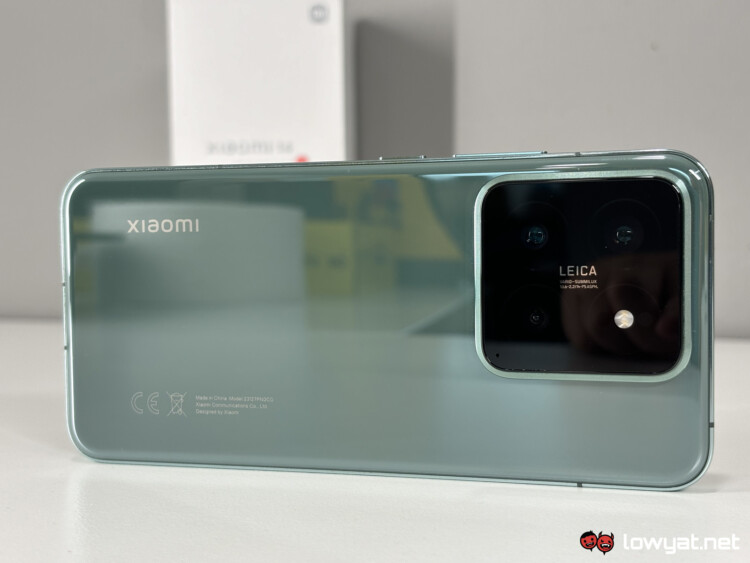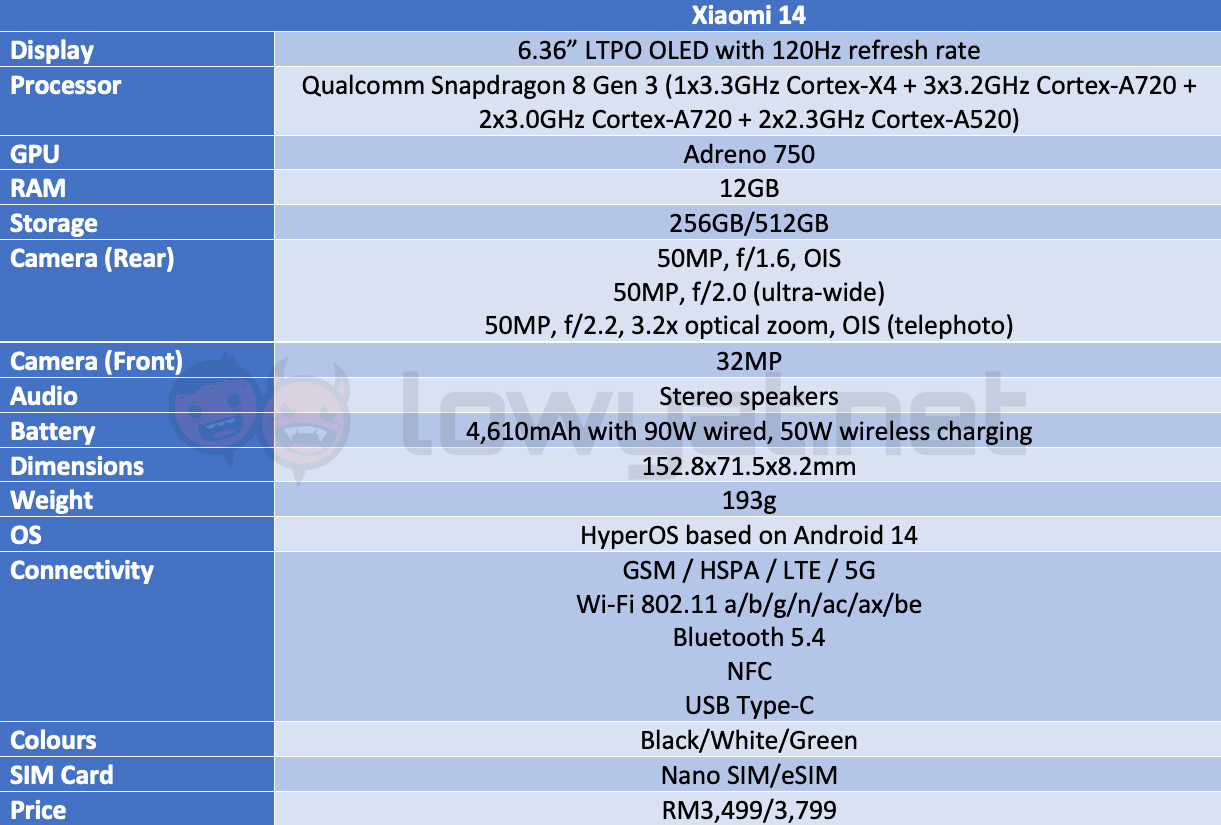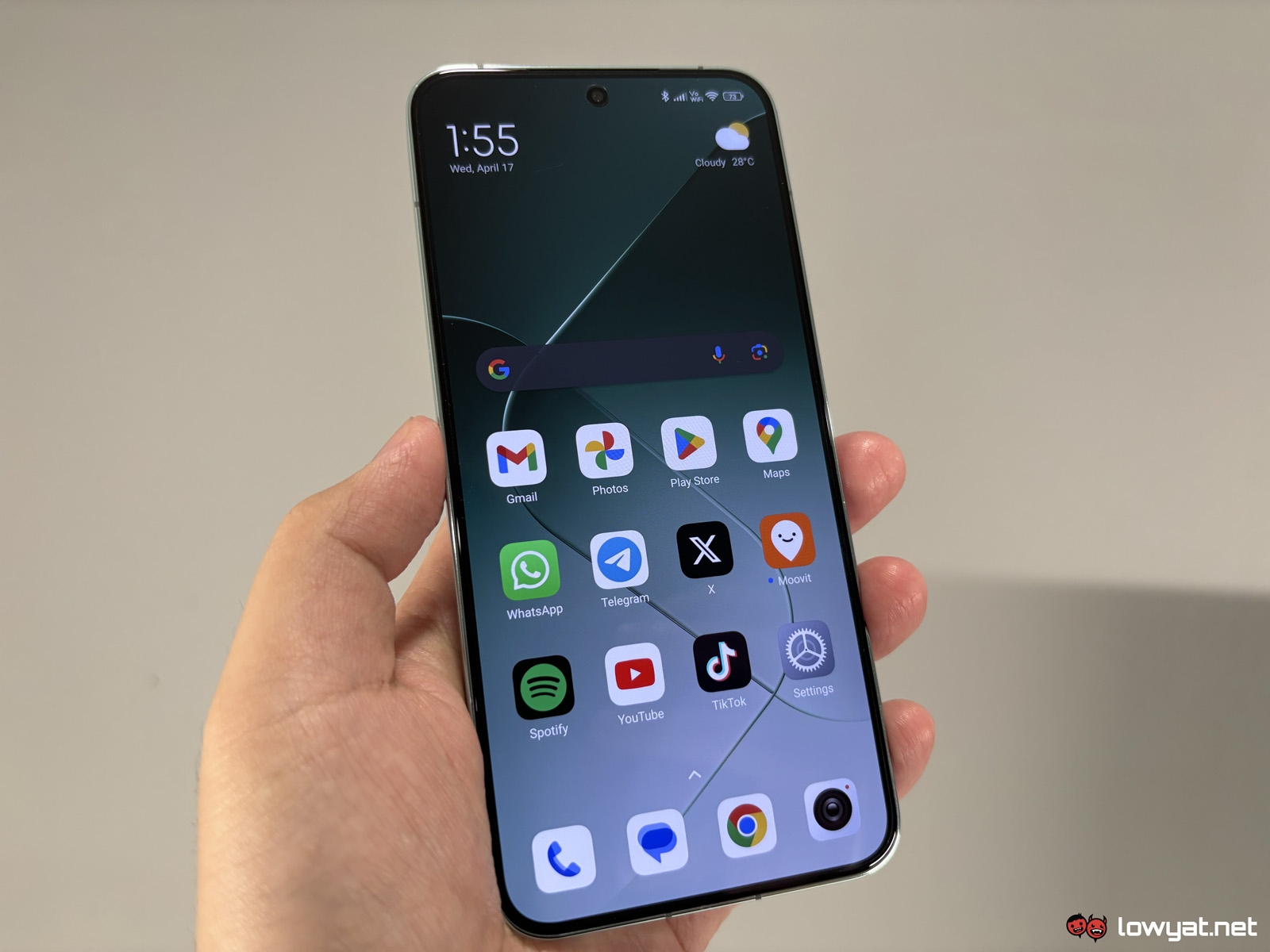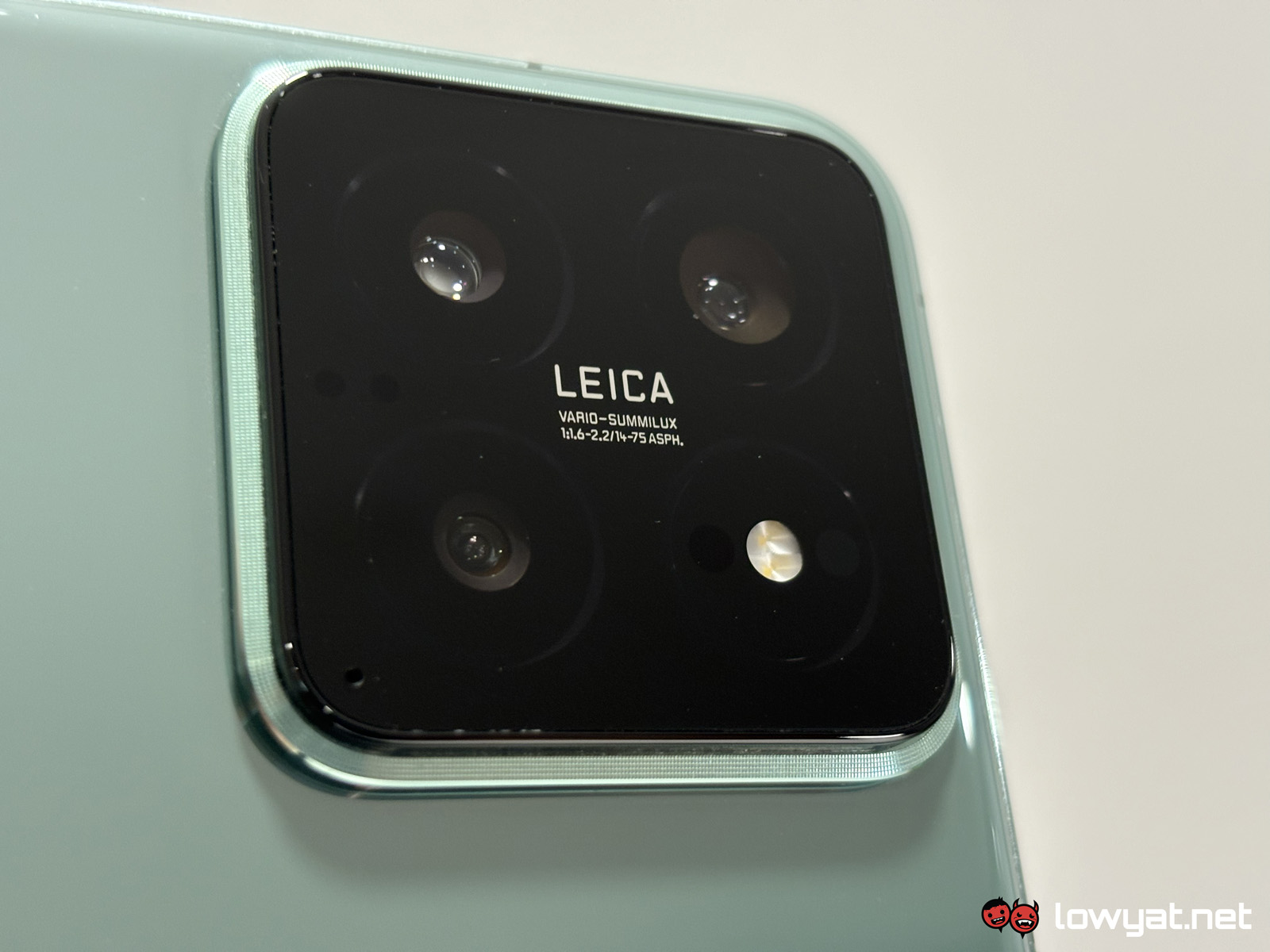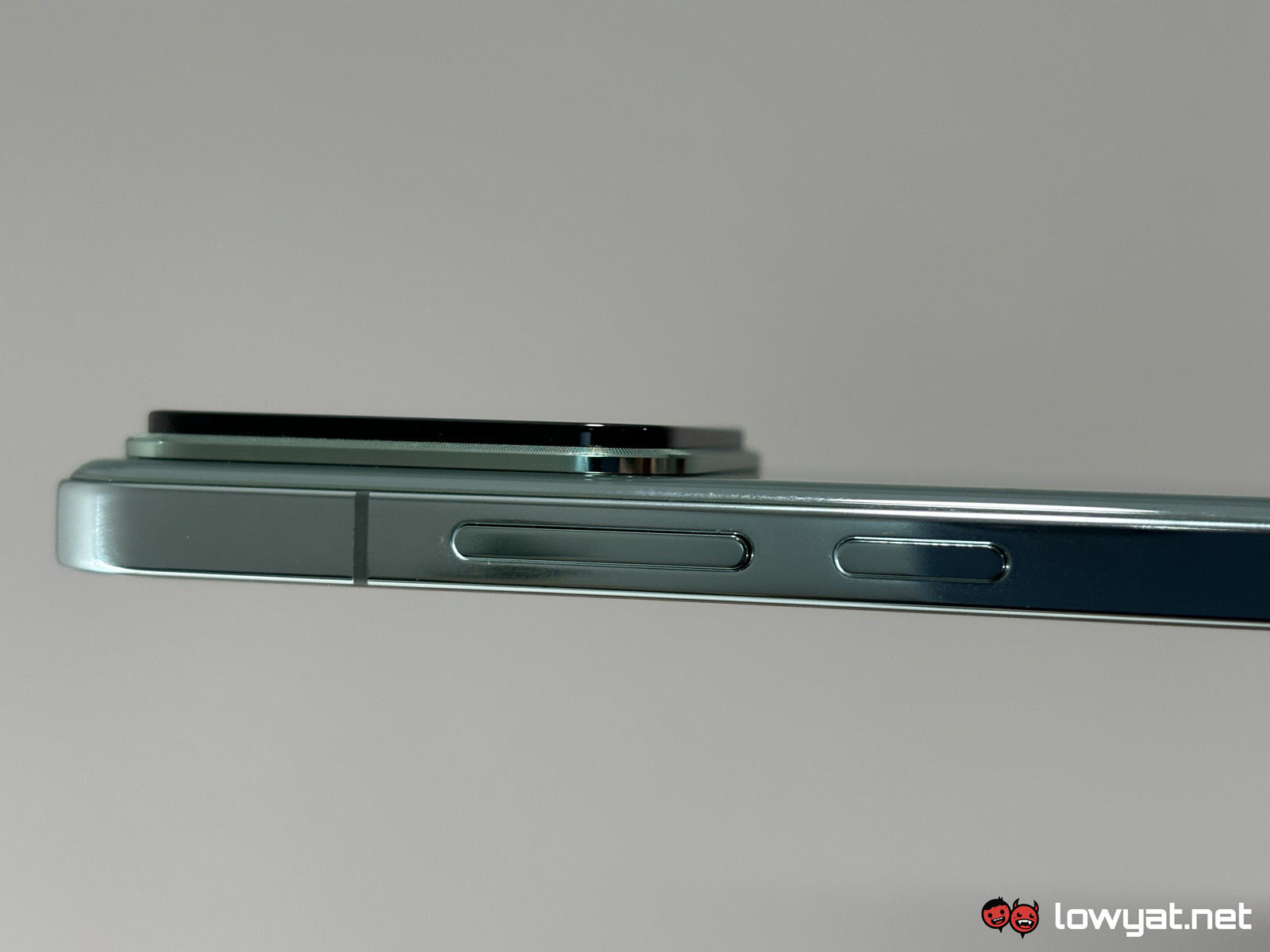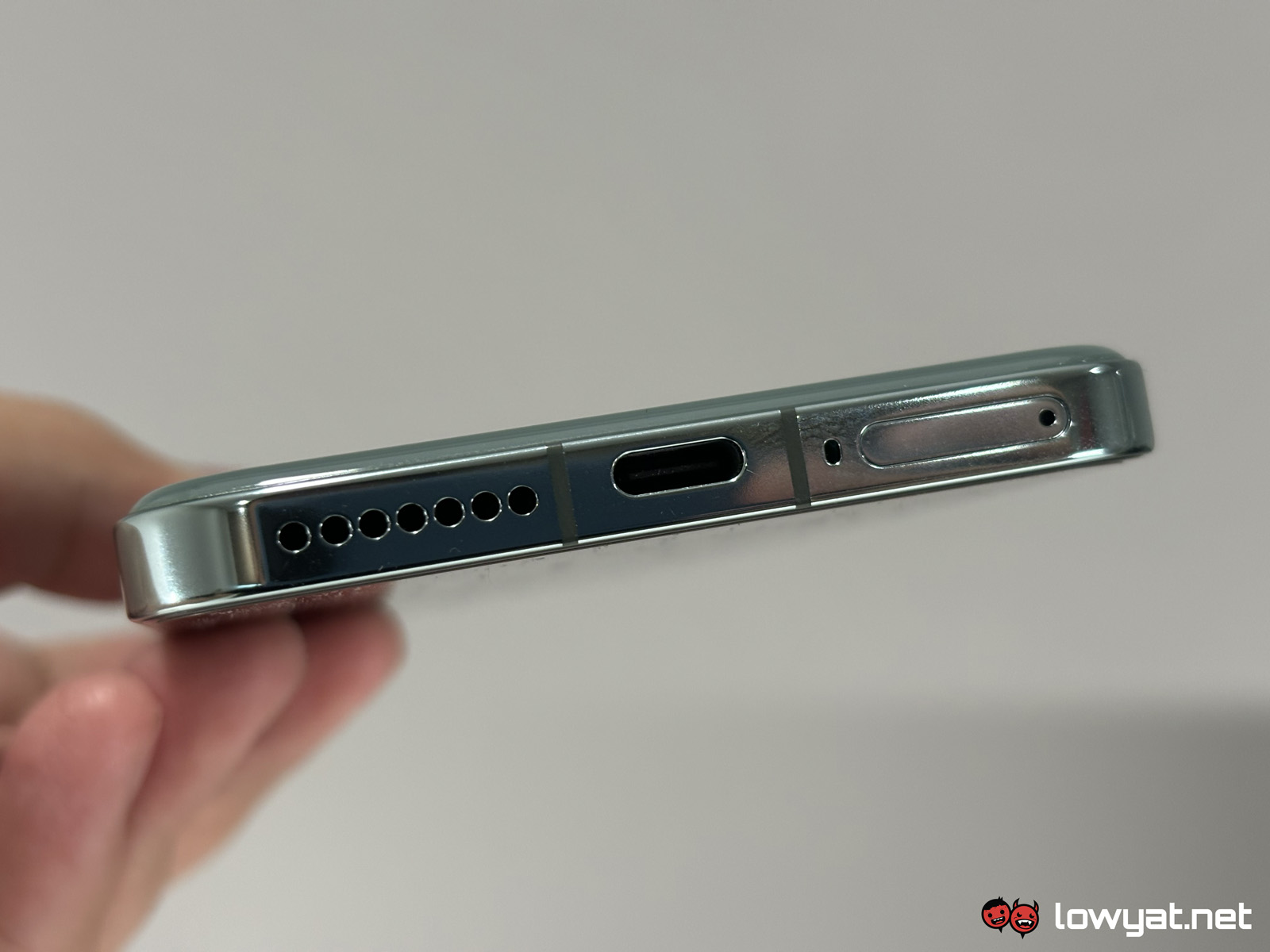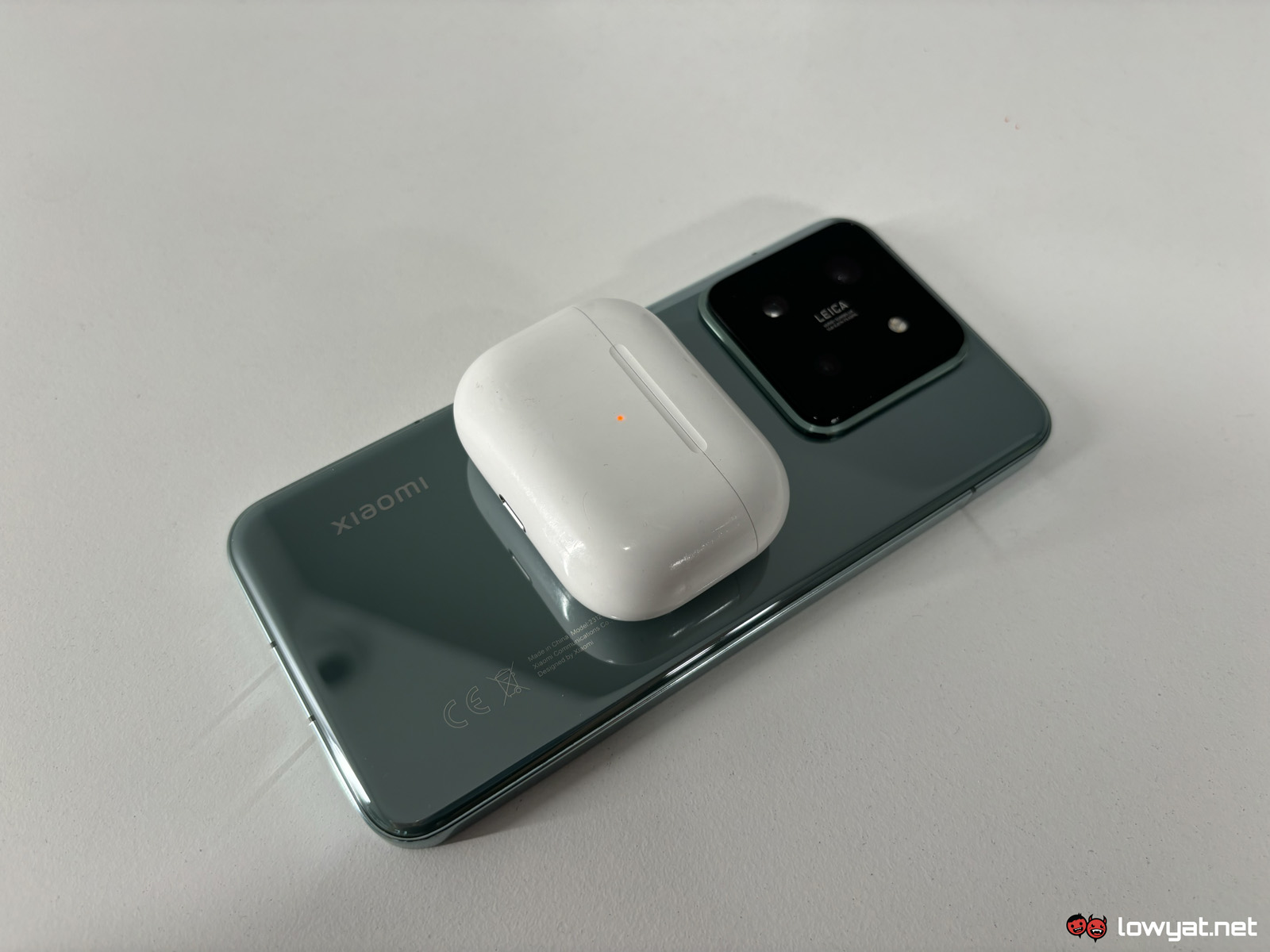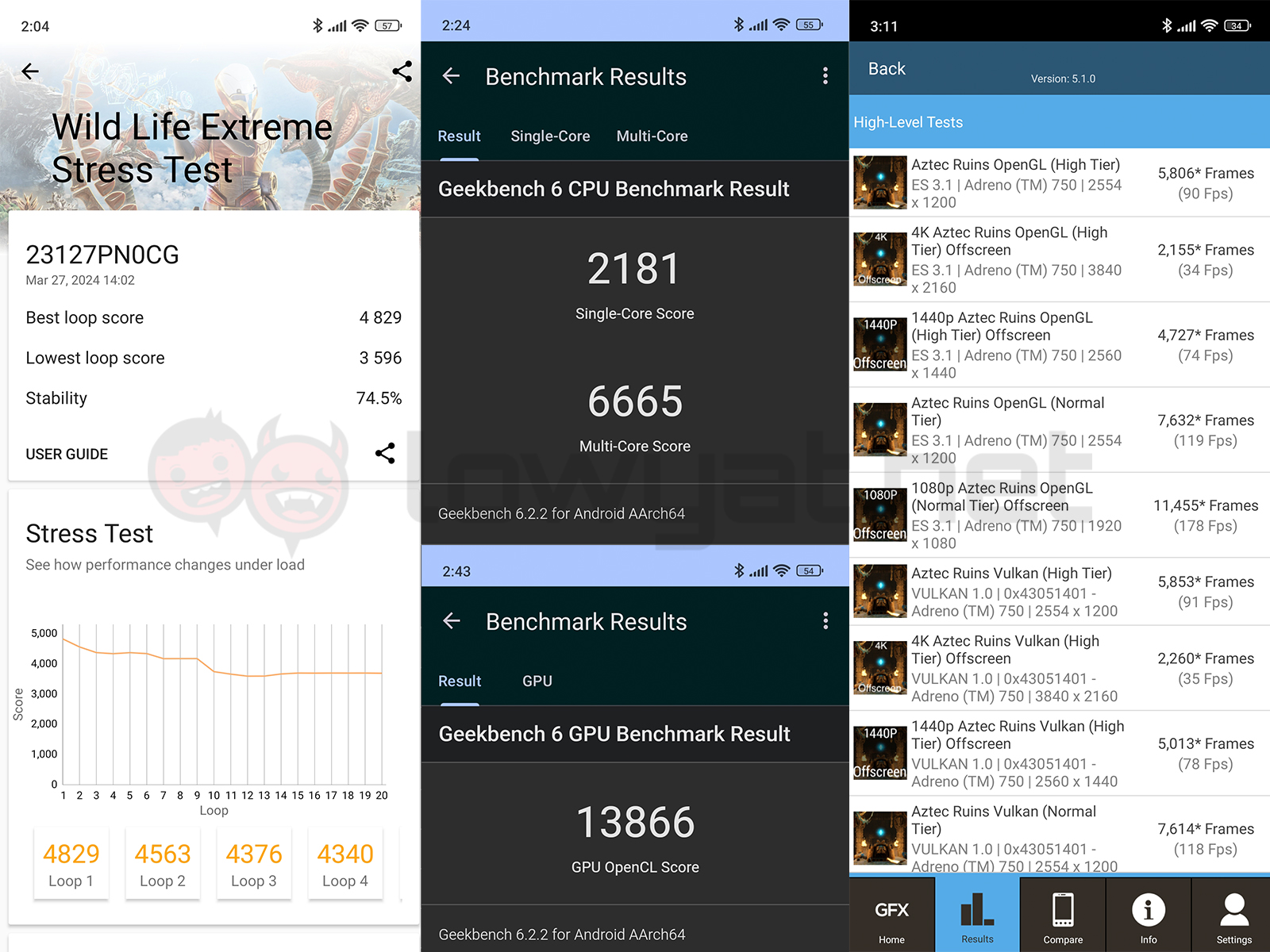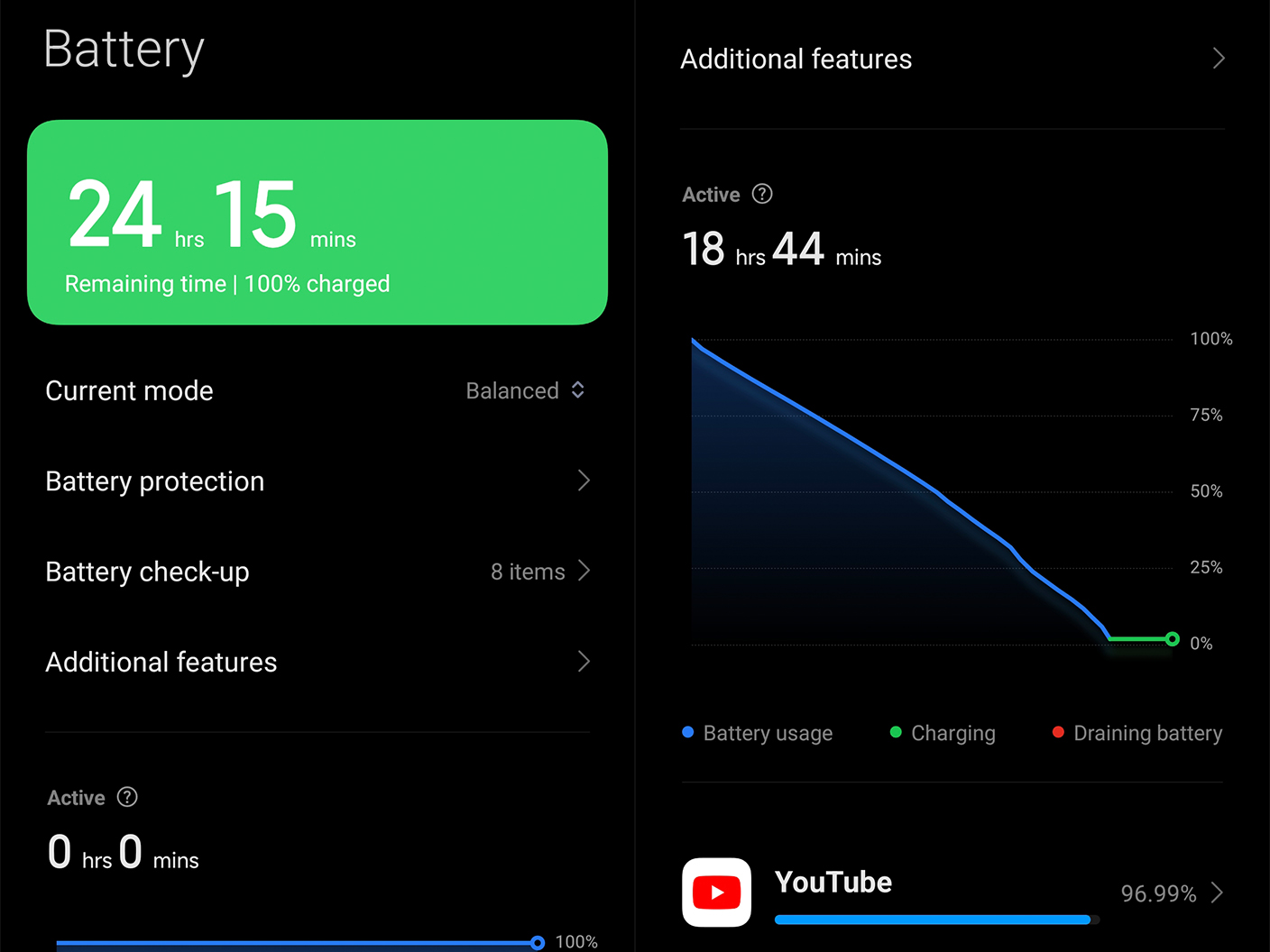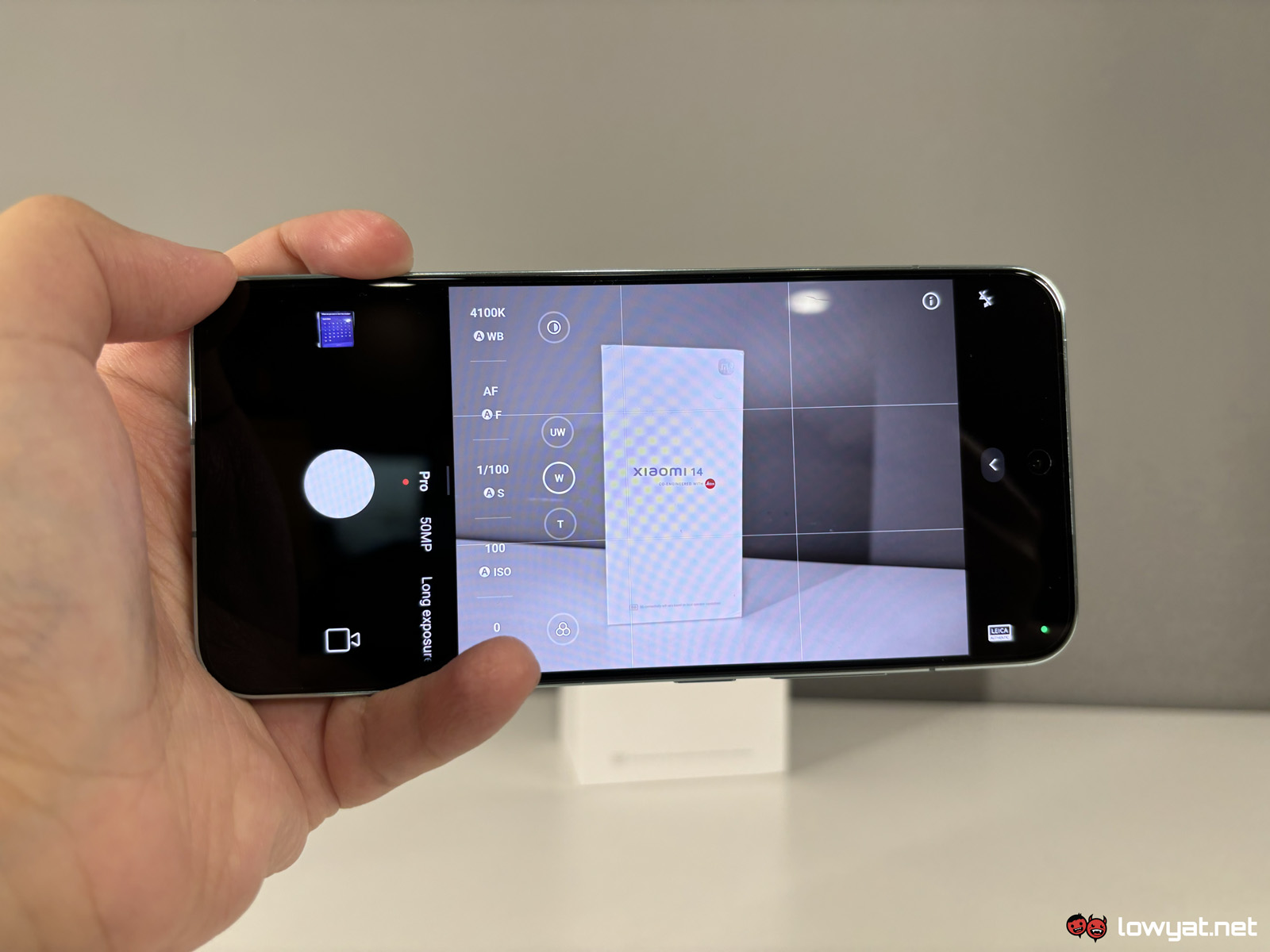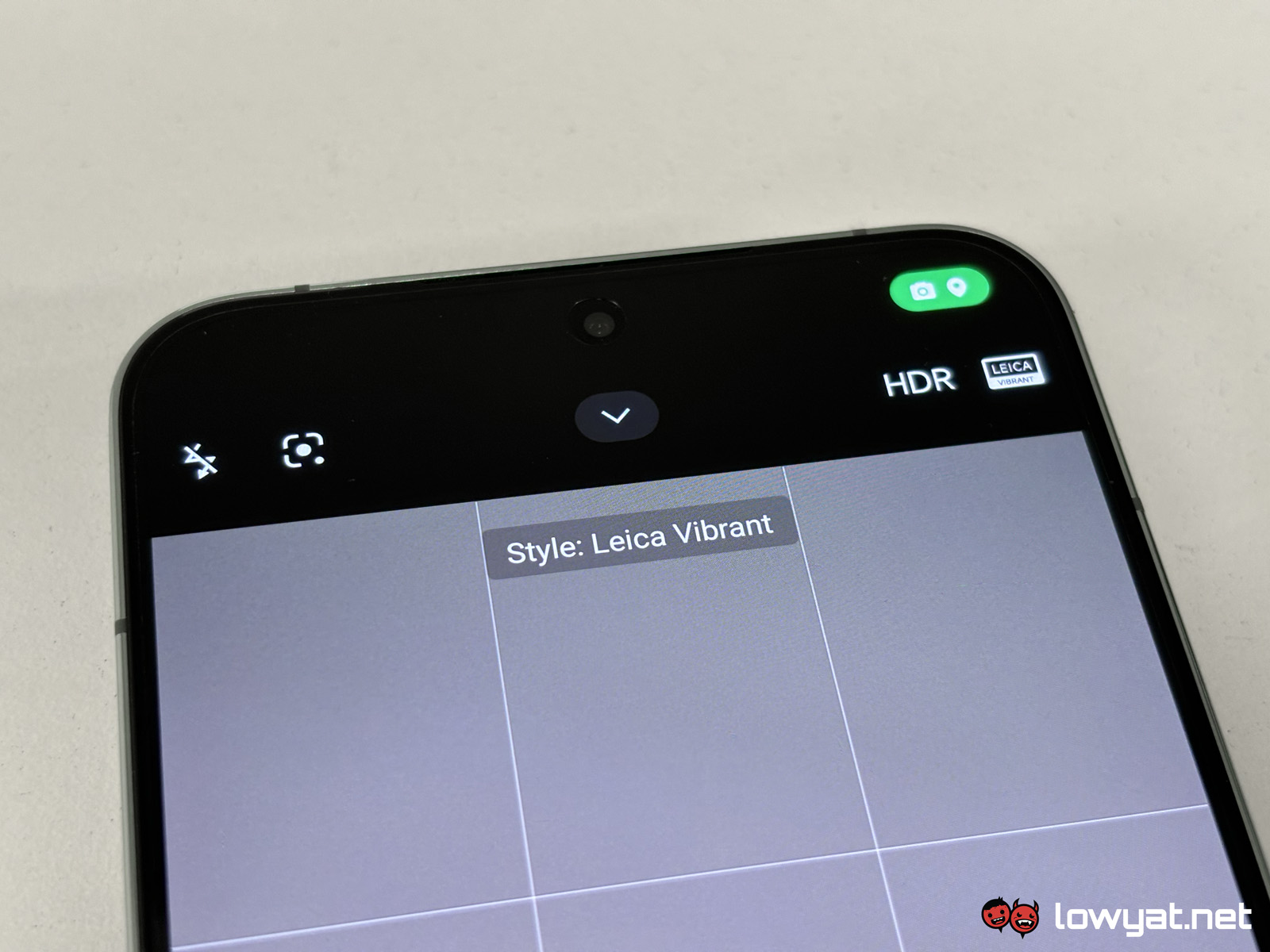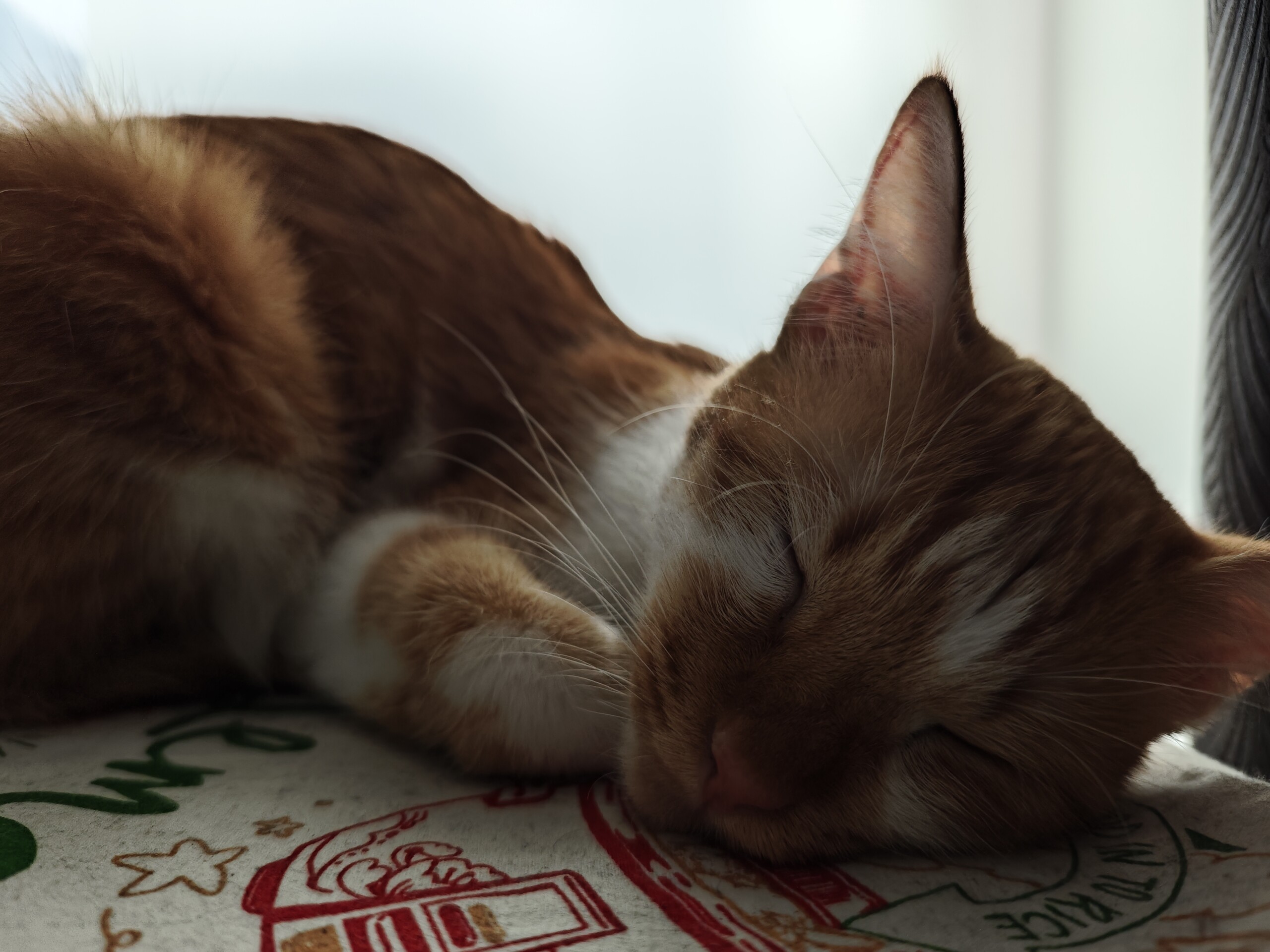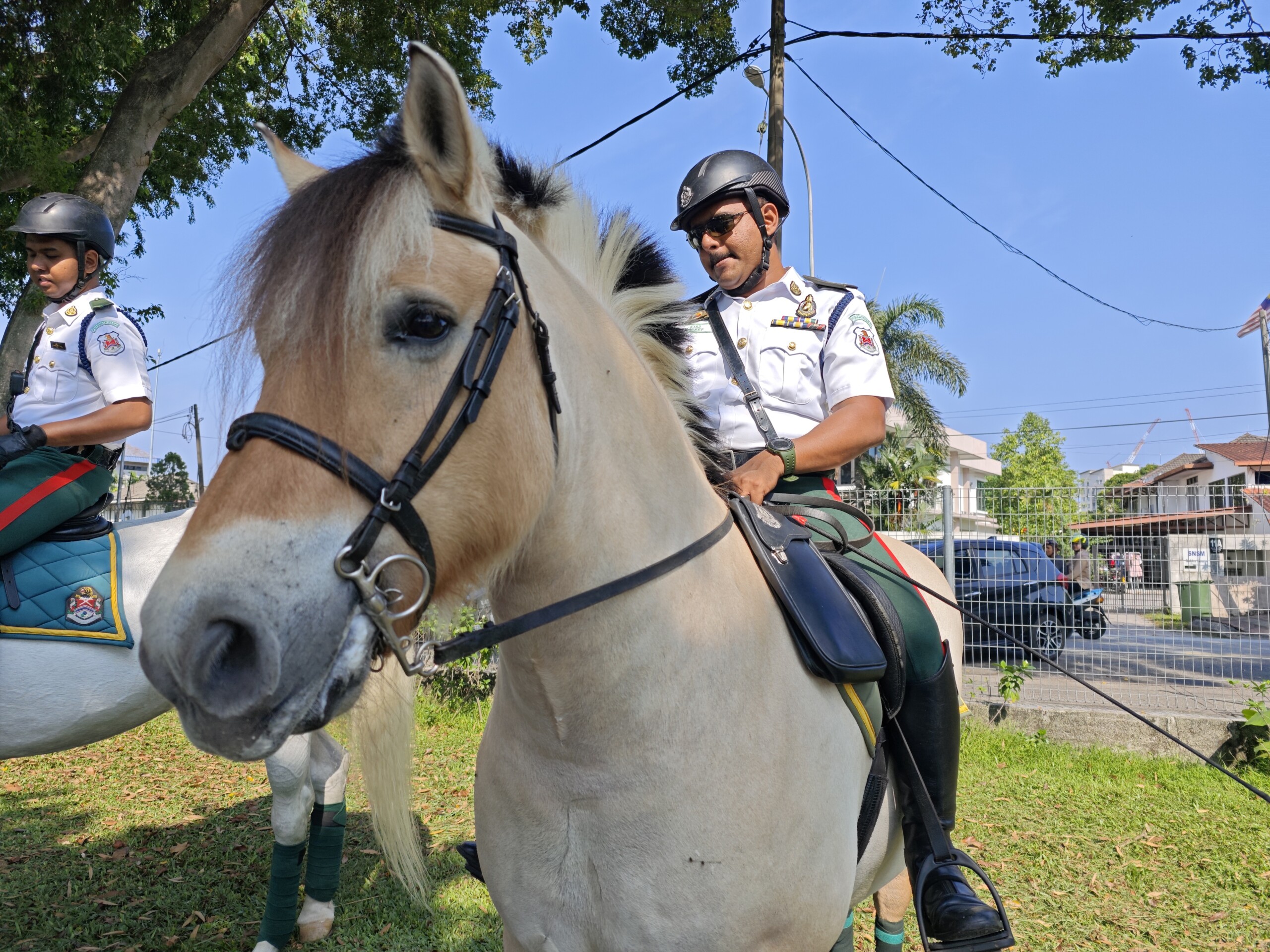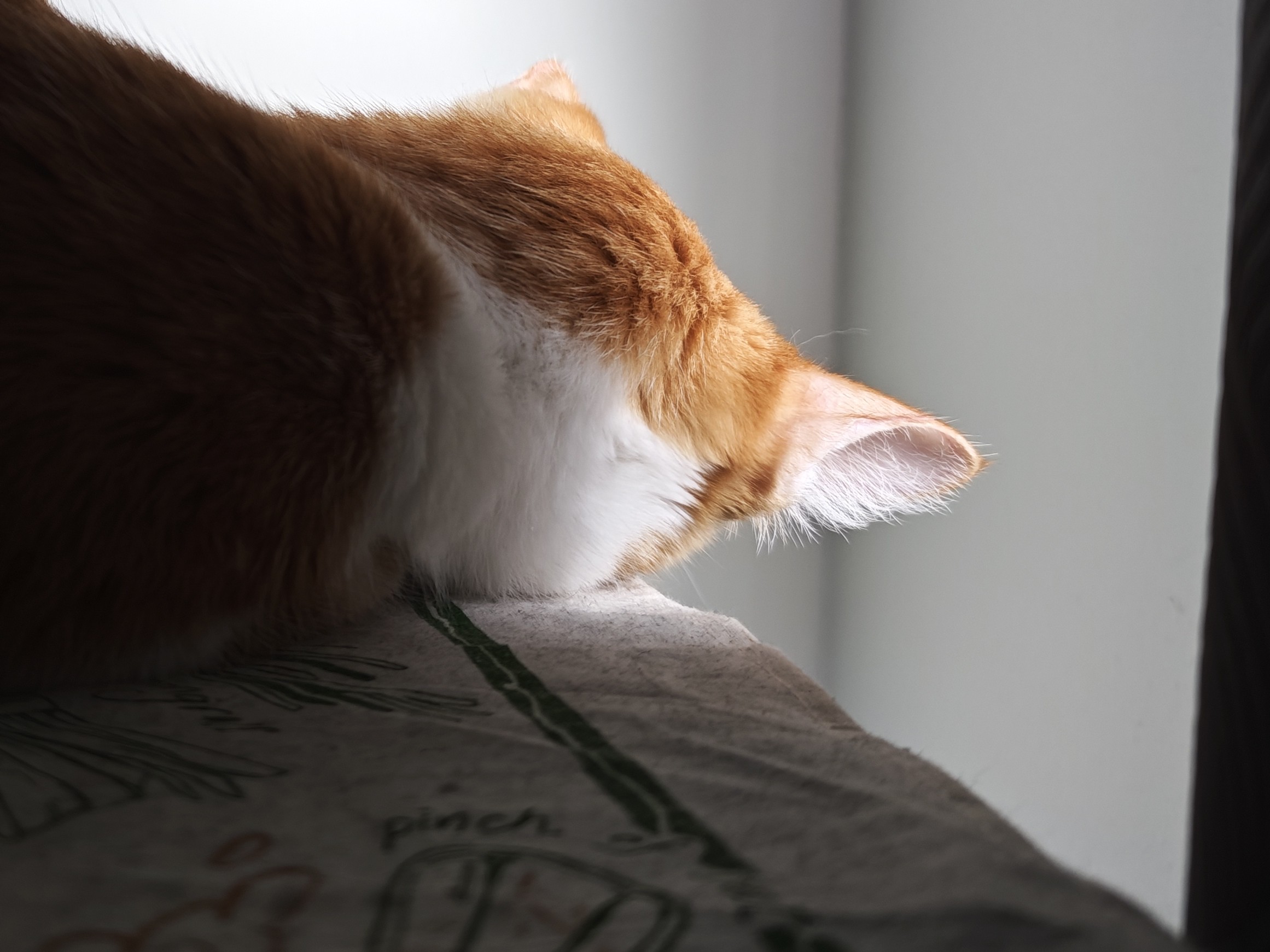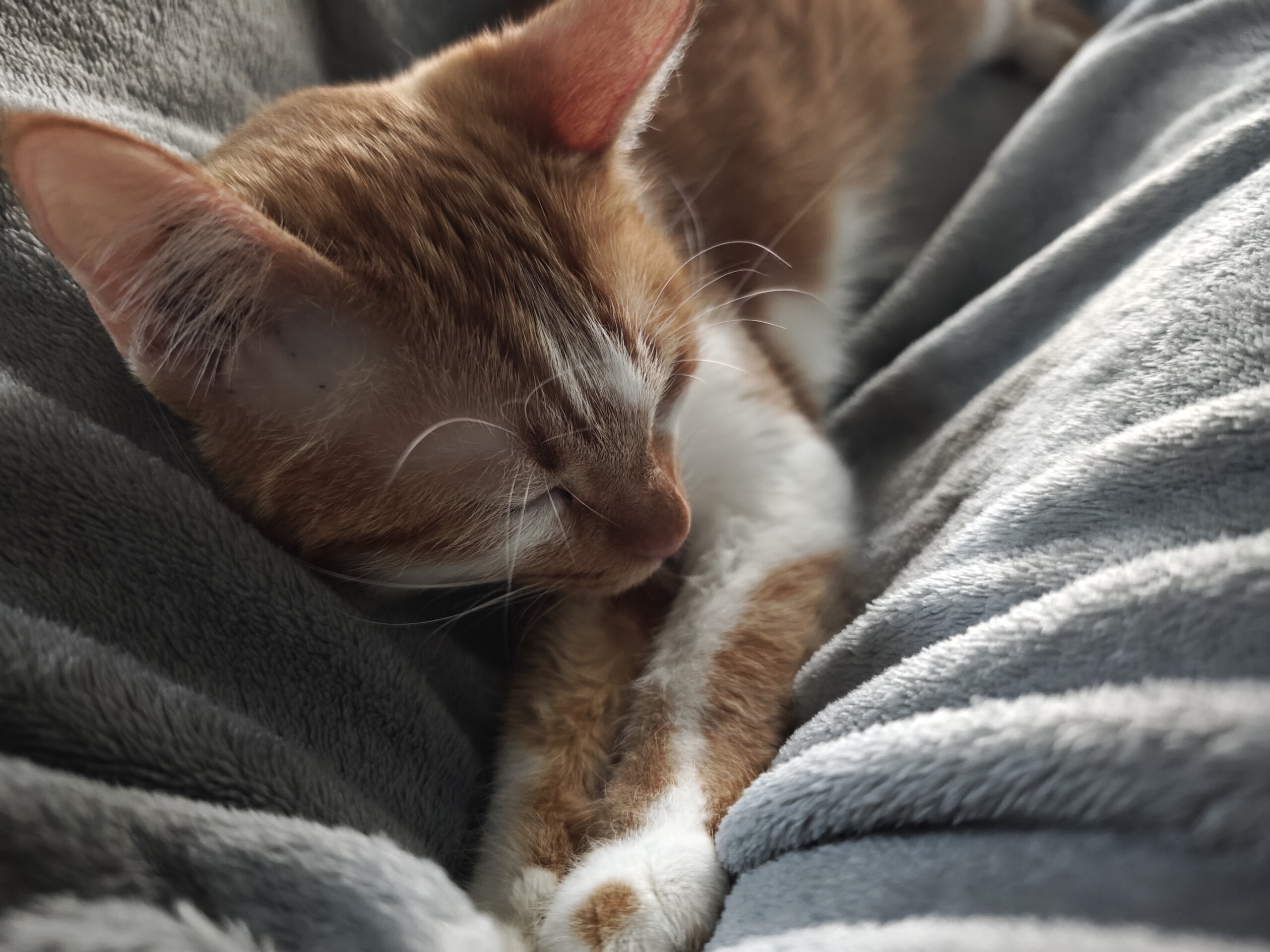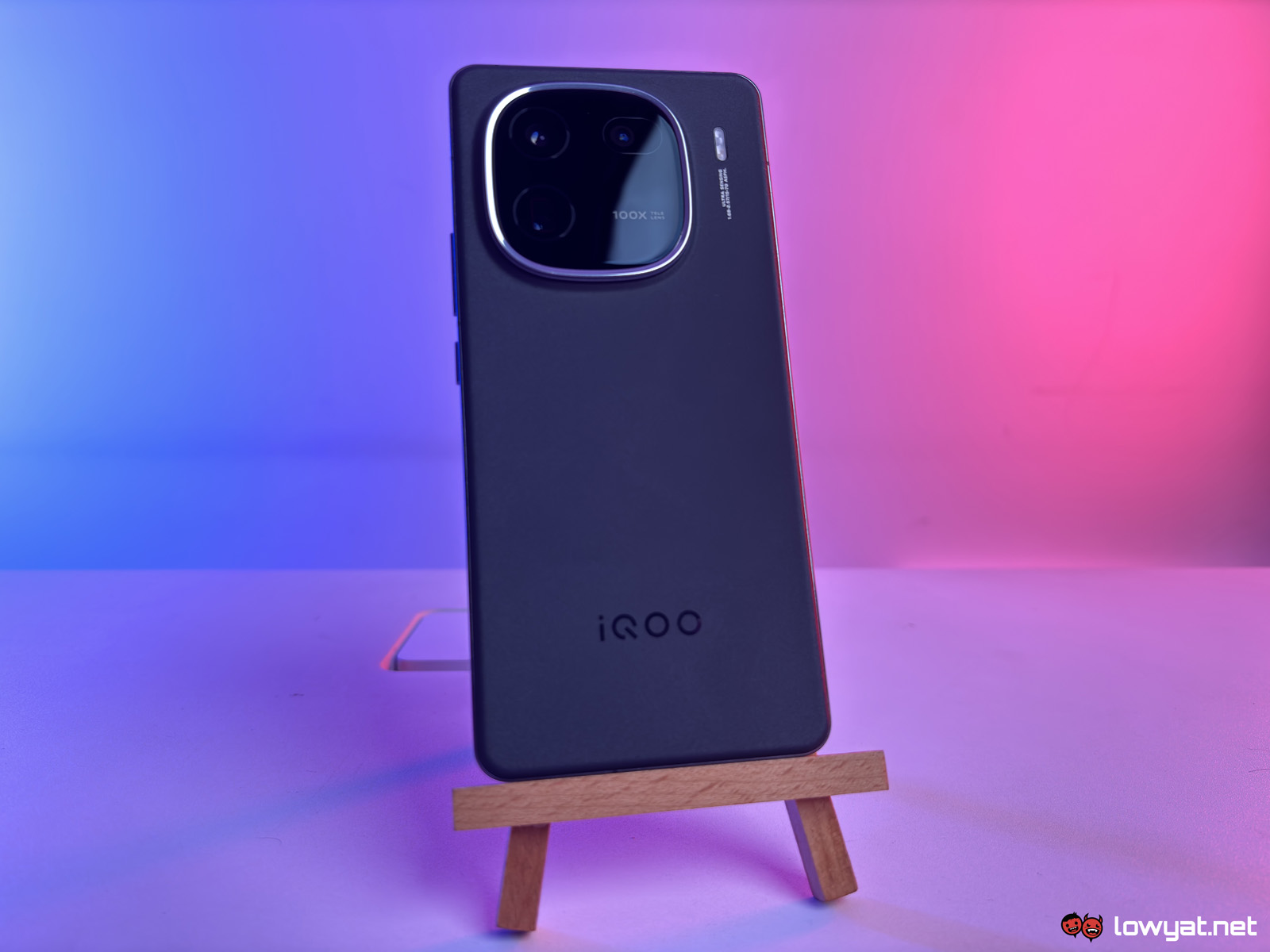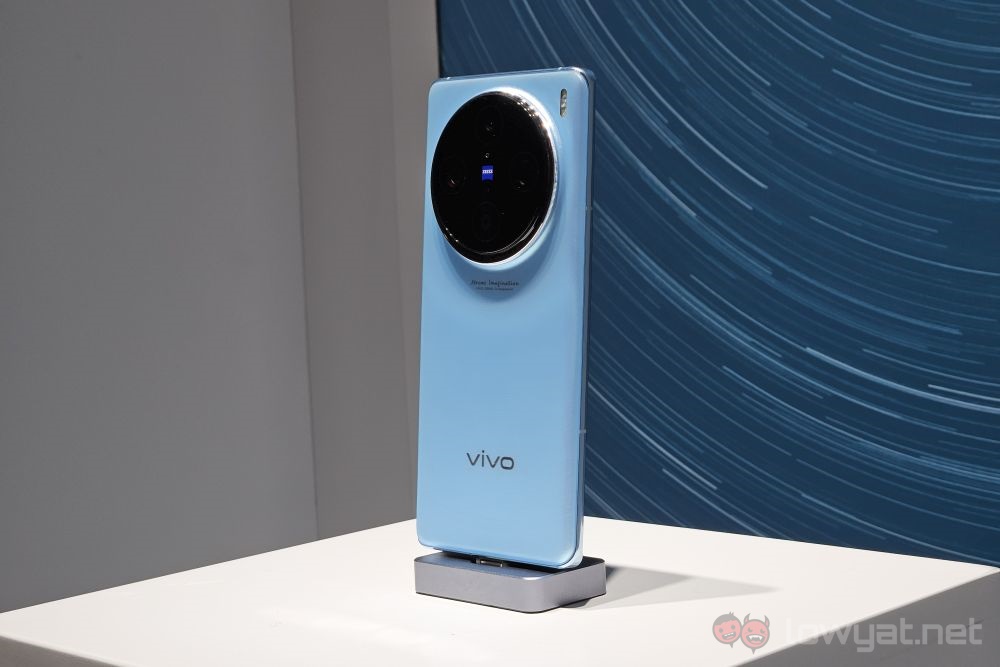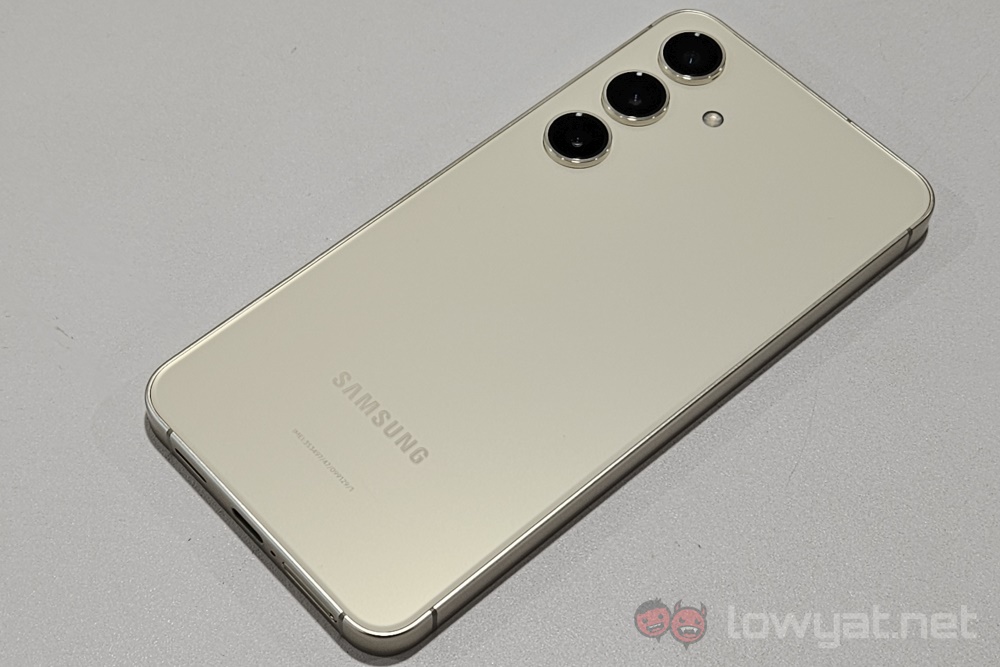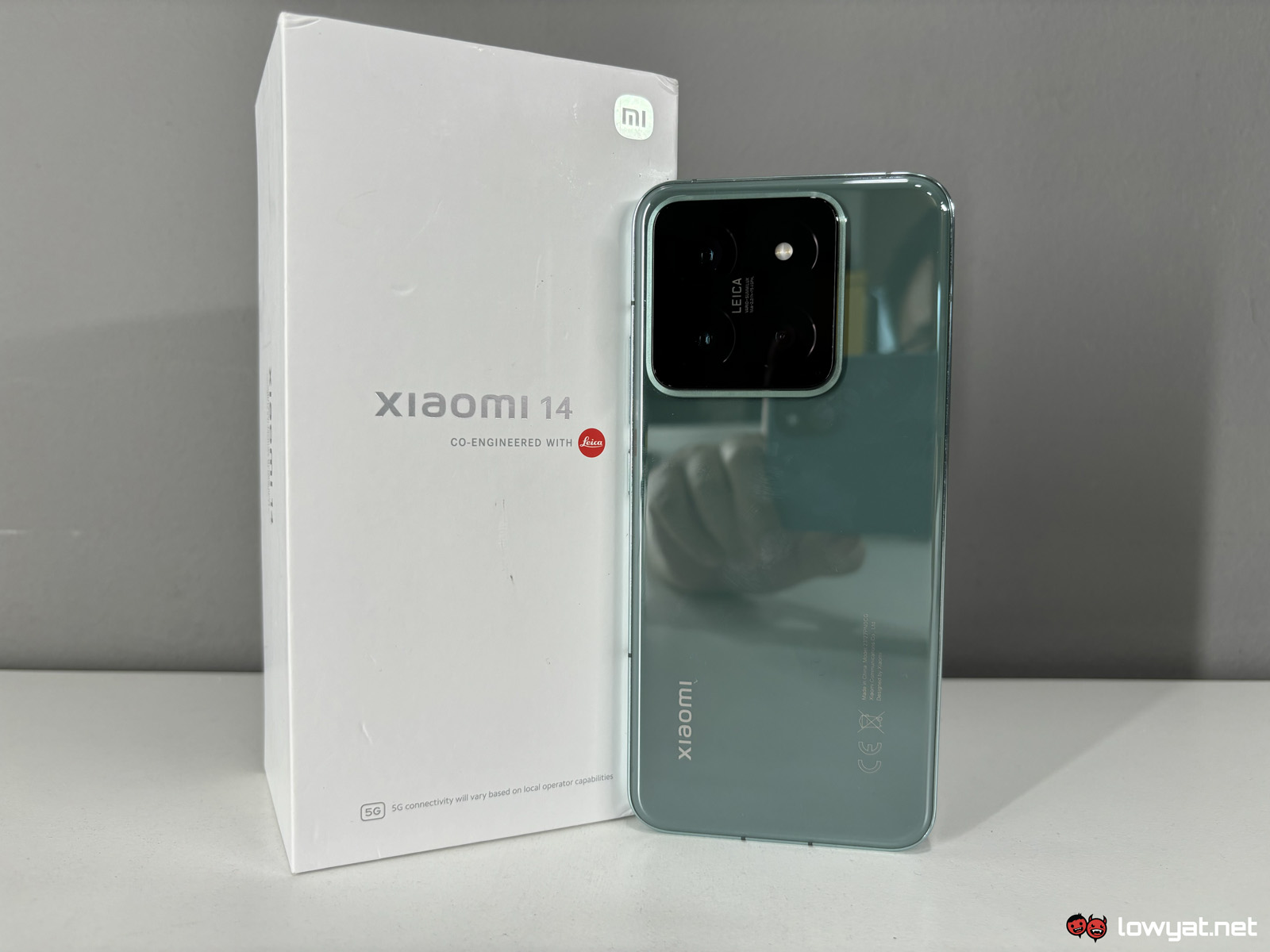Last month, Xiaomi launched two of its new flagship smartphones from the Xiaomi 14 series in Malaysia. The lineup is made up of the base model as well as the 14 Ultra, while the Pro remains exclusive to the Chinese market.
The vanilla variant is a relatively small phone, but it still packs a bunch of high-end, bleeding edge specs along with the same Leica co-engineering that came with the Ultra. This means that the main focus of this device is definitely on the camera, but it offers more than that.
Specifications
The Xiaomi 14 sports a 6.36-inch LTPO OLED display with a variable refresh rate between 1Hz to 120Hz. It has a typical brightness of 1,000 nits but the screen can go up to 3,000 nits for HDR content. Under the hood is the latest and greatest Snapdragon 8 Gen 3 chipset from Qualcomm with 12GB of RAM and up to 512GB of internal storage.
The Leica-branded camera module is made up of a 50MP main sensor that has OIS, an anti-glare lens coating, and an infrared light filter, along with a 50MP ultra-wide lens and a 50MP telephoto lens with OIS and a 3.2x optical zoom. Up front is 32MP selfie shooter housed in a punch-hole cutout.
Powering the high-end phone is a 4,610mAh battery with support for 90W wired and 50W wireless charging. It can also charge your other devices with support for reverse wireless charging.
For protection, the Xiaomi 14 comes with Corning Gorilla Glass Victus on the display as well as an IP68 dust and water resistance. On the connectivity side, it supports 5G, Wi-Fi 7, Bluetooth 5.4, NFC, and even eSIM.
Looks & Functionality
While I deem it relatively small for a flagship smartphone, the Xiaomi 14 is still larger than some of its competitors, such as the base model iPhone 15 and Samsung Galaxy S24. With that, it is also notably heavier and due to its extremely slippery design, one-handed use can be a tad difficult. This is easily fixed with a case to provide more grip, and you’ll want to anyway given that the shiny exterior gets covered in fingerprints the moment it’s touched.
Despite its slippery and fingerprint-prone material, I can’t deny that the 14 and its flat display looks gorgeous (other Chinese brands, please take note), along with its thin and uniform bezels, and flat sides that allow the phone to stand up on its own. Yes, it has a gigantic camera island protruding from the back, but due to its sheer size and square shape, it lets you place the phone on a flat surface without much rattling.
As for the quality of the display, it’s obviously sharp, vivid, and fluid like you would expect from a phone of this calibre. When it comes to outdoor visibility, it’s somewhat visible but it’s definitely lagging behind some other phones with much brighter screens.
Before its launch, there were rumours that Xiaomi was planning on equipping the 14 series with ultrasonic fingerprint sensors. Sadly, it just went with the standard optical scanner but, credit where credit is due, it’s still pretty darn fast and accurate. As always with most phones though, the sensor’s under-display placement is too low for my comfort.
The Xiaomi 14 ships with HyperOS, the brand’s new skin based on Android 14. Overall, it’s a very lightweight OS that feels almost minimal, so I like the look and feel of it. Even with transitions and the like, it’s very smooth and feels premium, along with some pre-installed bloatware that can easily be deleted. One minor complaint I have is that there’s no dedicated settings shortcut in the control centre, so I had to manually include a settings toggle in the Quick Settings menu.
HyperOS is supposedly able to let products in its ecosystem connect and communicate with each other for a more seamless experience with multiple devices, similar to Apple’s ecosystem. I didn’t have any other Xiaomi products on hand, so I was unfortunately unable to test this out.
Performance & Battery
Suffice to say, the Xiaomi 14 is a high performer with the latest Snapdragon 8 Gen 3. In terms of synthetic benchmarks, it gets similar results when compared to other phones with the same chip. Under a continuous heavy load, it does get noticeably hot, especially with its metal rails, so you might wanna slap on a case for your own comfort when gaming.
The battery life is a mixed bag. It can easily last the entire day, which I can’t complain about, but there were rarely times when I could leave the house the next day without charging it first. Any phone that can last a whole day is great but recently, I’ve gotten spoiled by a lot of phones that could easily give me two-day battery life.
I put it through the usual YouTube streaming endurance test, with the brightness and volume set to about 25%, and it only lasted a little over 18 hours. This isn’t bad by any metric, especially with the small battery capacity, but it pales in comparison to the performance of some of its competitors that sport a similar capacity with the same processor.
Camera
As previously mentioned, the Xiaomi 14 carries three 50MP sensors on the back, co-engineered by Leica, and, oh boy, does it show. It’s not the sharpest phone camera I’ve used, but it is definitely easy to get beautiful shots with this phone. Most pictures turn out vivid but well-balanced with creamy, gorgeous bokeh.
The default camera app has two Leica styles, which are Authentic and Vibrant. I found that in a lot of situations, Vibrant tended to be too colourful to the point where it could sometimes appear to be unnatural looking, so I mostly stuck with Authentic. However, in indoor situations with poor lighting, I found it was best to use Vibrant because Authentic occasionally had a blue-ish tint to it.
The telephoto camera is great in terms of photo quality, consistent with the main camera, but it’s not very sharp once you zoom in past 5x. This means while it’s great for you to crop in on a nearby subject, it won’t exactly let you get a highly-detailed shot of a faraway object like you can with other flagship cameras with 100x zoom.
I was highly impressed with the speed of focusing on the Xiaomi 14’s main camera as it always manages to detect the subject fairly quickly. That being said, the macro mode is a bit of a hit-and-miss as you can only get incredibly sharp close-up shots with ultra-steady hands; even with the slightest movement, the macro shots tend to end up a blurry mess.
Camera Samples
Competition
iQOO 12
The iQOO 12 is the most affordable phone with the Snapdragon 8 Gen 3. With 16GB of RAM and 512GB of storage, it costs RM400 less than the 512GB version of the Xiaomi 14. It does have a bigger 6.78-inch AMOLED display with a faster 144Hz refresh rate, so it might not be as easy to handle with one hand.
For photography, the iQOO 12 features a 50MP primary camera with OIS, a 50MP ultra-wide lens, and a 64MP periscope telephoto with 3x optical zoom. Battery-wise, it is powered by a 5,000mAh cell with support for 120W charging, but it unfortunately does not have wireless charging.
vivo X100
The vivo X100 carries the same price tag as the base Xiaomi 14 but offers 16GB of RAM and 512GB of storage. It also feature the same flagship chipset from Qualcomm and runs on a much bigger 5,400mAh battery with 100W wired and 50W wireless charging.
On the display side, it has also has a larger 6.78-inch AMOLED display with a 120Hz refresh rate, so it might not be the one for you if you’re looking for a smaller phone. For the camera, it has a 50MP main sensor with OIS, a 50MP ultra-wide, and a 64MP telephoto lens with 3x optical zoom.
Samsung Galaxy S24
The Samsung Galaxy S24 is the main competitor for the Xiaomi 14 in terms of small flagships, but it uses an Exynos 2400 chipset instead of one from Qualcomm. Moreover, the base model of the S24 with 8GB of RAM and 256GB retails at RM4,099, which is a whopping RM600 more than the Xiaomi phone.
Of course, the main advantage of the Samsung flagship is its camera setup with a 50MP primary lens, a 12MP ultra-wide, and a 10MP telephoto with 3x optical zoom. It gets a 6.2-inch AMOLED display with a 120Hz refresh rate along with a 4,000mAh battery that supports 25W wired and 15W wireless charging.
Conclusion
The Xiaomi 14 is undoubtedly one of my favourite flagship phones that I’ve used. It has a minimal and sleek design with flat surfaces all around with a size that’s just right and fits most hands big and small. Surprisingly, it has one of the most reliable optical fingerprint sensors I’ve seen thus far.
As one would expect, the Leica camera setup is the focal point of this phone. While it does need work on being able to capture moving objects more sharply, its performance overall leads to stunning stills that make it fun and easy to use. What wraps this up in a neat little bow is that all of this is packaged with a reasonable price, making it one of the more relatively affordable flagship phones.

